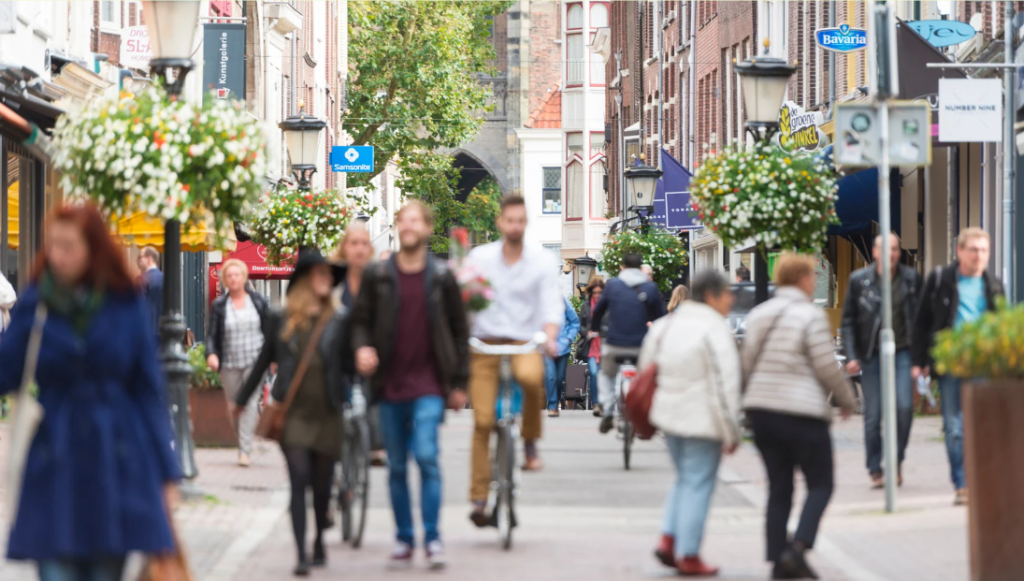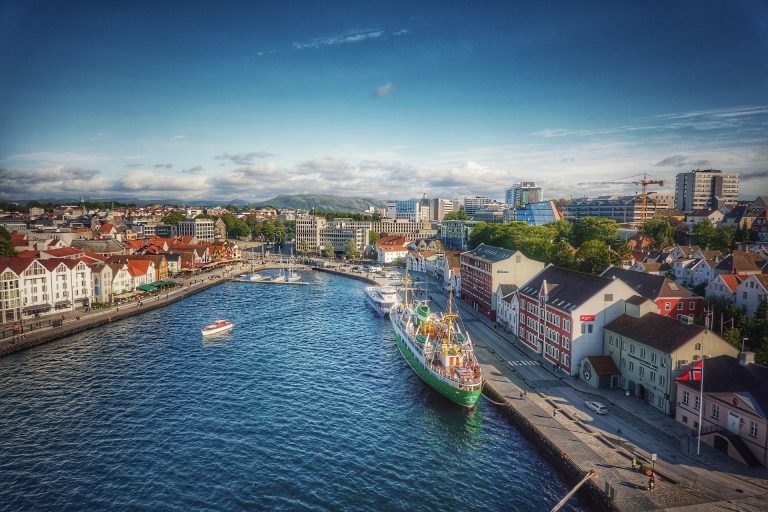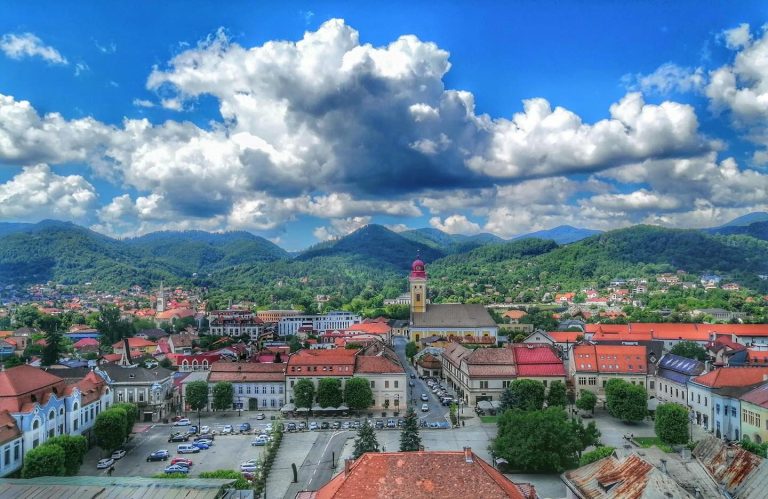In September 2022, I was selected as one of the fifteen experts under the second phase of the Mission Board for Climate-Neutral and Smart Cities, tasked by the European Commission to advise on the design and implementation of the Climate-Neutral and Smart Cities Mission.
It was inspiring to discover that the previous phase of the Mission Board had delivered a report to the Commission in September 2021 where it advocated for a mission on 100 Climate-Neutral Cities by 2030 – by and for the Citizens and proposed to involve them as “political actors, users, producers, consumers or owners of buildings and transport means”. The report also proposed that citizen engagement should be a precondition for the Climate City Contract, with citizens “given a new active role, new platforms to act and better resources to play their role”.
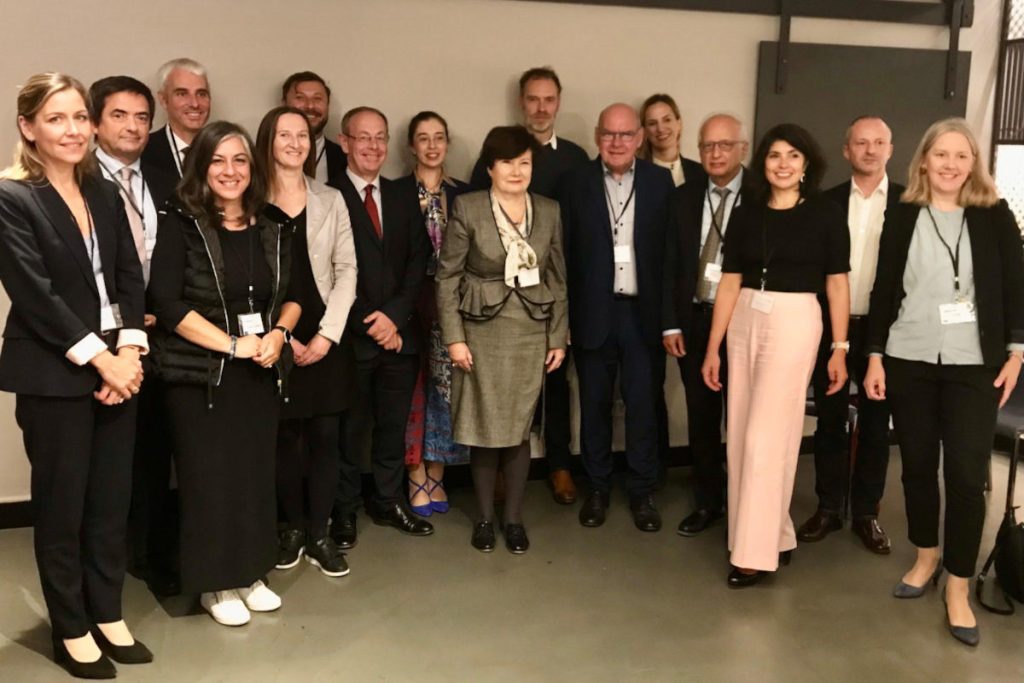
While the reference to citizen engagement was not retained by the Commission in the name of the mission, the question still remains: did the Cities Mission manage to place the citizens at the heart of the urban green transition, as initially advocated by the Mission Board?
Halfway through the 2030 horizon, the picture of citizen engagement remains mixed.
The Climate City Contract (CCC) process has certainly gone a long way to mobilise cities to involve citizens as co-designers and co-owners of their city’s transformation. Some notable examples are Nantes, Mannheim and Turku. Yet, as my colleagues from the Mission Board and I noted while advising the Commission on the CCC review process, there are also many CCC cases where citizen engagement is acknowledged as a make-or-break piece of the local transition, but not enough concrete actions are foreseen to allow for meaningful and impactful participation.
Similarly, the Pilot Cities Programme of the Mission Platform (run by the NetZeroCities consortium) is delivering some much-needed examples and inspiration for citizen engagement. Together with the UrbanizeHub team, we performed an analysis that shows the wide spectrum of approaches, actors and interventions in the pilots – see below. Yet, these disconnected examples need to be brought under a dedicated umbrella of distilling lessons and knowledge sharing.
The next five years of mission implementation can fix these shortcomings, building on the lessons learned and resolving three persistent gaps.
First, the Mission Platform has yet to articulate a readily applicable framework for citizen engagement in mission cities. While many resources and tools are included in the NetZeroCities Portal, they remain rather fragmented and jargon-intensive. A simpler and more direct language is needed. Equally important, academic formulations need to take a back seat while ongoing examples from mission cities should be brought to the front.
Second, based on this framework, upcoming iterations of the Climate City Contracts should serve to strengthen and operationalise citizen engagement under action plans and investment strategies. This should include locally tailored solutions for potentially contentious interventions such as low-emission zones, reducing parking spaces or retrofitting buildings.
Third, the Cities Mission should fund ‘learning-by-doing’ calls and programmes that allow cities to secure the partnerships, tools and funding to try out approaches such as participatory budgeting, citizens’ assemblies, crowdfunding, behavioural nudges and direct incentives (grants and subsidies, low-interest loans, tax incentives). For the latter category, support could be provided by the Capital Hub of the Mission Platform.
The attention given to citizen engagement in the next five years will be a determining factor for whether mission cities achieve the speed and scale needed for climate neutrality by 2030. This five-year window of opportunity should be therefore put to good use.
About the author

Grațian Mihăilescu has over 15 years of national and international experience in development, communication, public policy, and innovation. He has studied and worked in Germany, Belgium, Italy, Hungary, Serbia, and the United States, receiving a European Commission scholarship and collaborating with organizations such as the World Bank on public policy and urban innovation projects. In 2016, he founded UrbanizeHub, an organization dedicated to developing innovative projects in sustainable urban development.
In 2019, he completed his PhD with research on Romanian cities, and in 2022, he published the book How to Shape the Cities of Romania. That same year, he was selected by the European Commission as a Mission Board Expert for Eastern Europe in the 100 Climate-Neutral and Smart Cities Mission, where he is helping 100 European cities become greener and more people-friendly.

